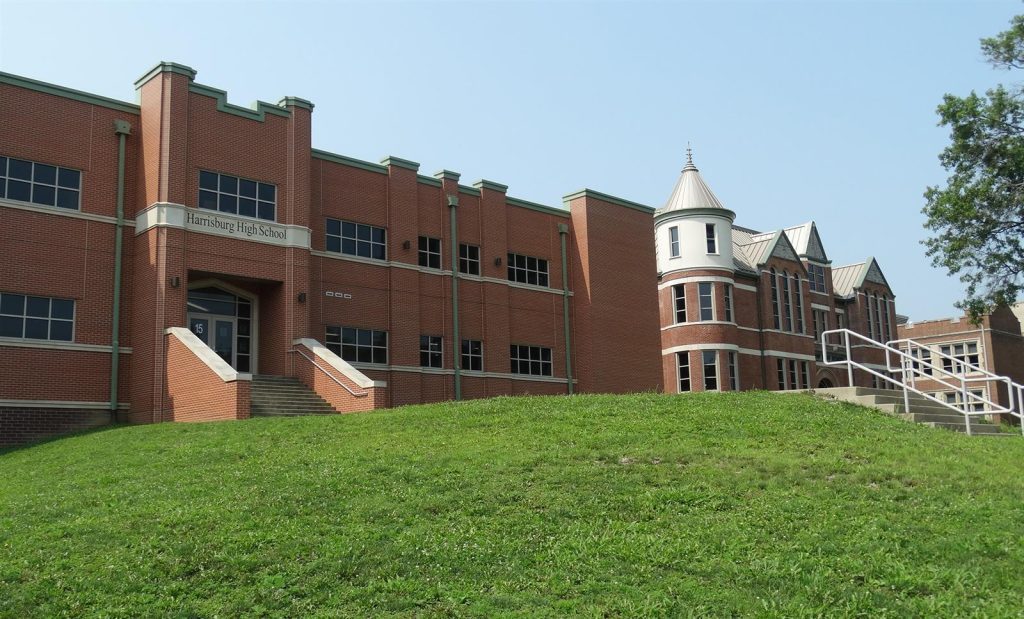
As Evidence Based Funding formula turns 5, lawmakers reflect on historic legislation
By PETER HANCOCK
Capitol News Illinois
phancock@capitolnewsillinois.com
SPRINGFIELD – Five years ago this month, Illinois lawmakers passed legislation that overhauled the way public schools in the state are funded.
The so-called Evidence Based Funding formula, or EBF, was designed to calculate the actual cost for each district to provide the kind of education the state expects, and then gradually increase the share of that cost that’s paid for by the state.
Over time, it was also supposed to narrow the disparity between the best-funded and worst-funded districts in the state, with the hope of lowering property taxes and improving academic achievement in the most underfunded districts.
Five years later, huge disparities still exist among districts, both in funding and academic performance, but lawmakers from both parties who were part of negotiating the new law say it has provided huge benefits, especially to those schools that were most underfunded.
“I use the example of East St. Louis, that I think at the time had the highest property tax rate but was nowhere near adequate spending,” said Andy Manar, a former state senator and now deputy governor who was a chief architect of the plan.
“And if you did the math at the time, the math would show that East St. Louis literally could not tax itself enough to generate the funds needed to say that the school district has an adequate level of spending to achieve the results that we as a state expect of that school district. They literally could not tax themselves into equity. It was mathematically impossible.”
In fiscal year 2018, the first year under the formula, the East St. Louis district was funded at 66 percent of adequacy. This year, it is funded at 96 percent of adequacy.
Republican state Sen. Chapin Rose, who represents a largely rural area in east central Illinois, said many of the districts in his area faced the same challenge.
“I do think that for many of the areas I represent, it was a lifeline,” he said. “It’s kept doors open and, in some instances, provided a much needed infusion, because they simply couldn’t keep going back to the property tax well. That was dried up.”
History of inequity
Illinois has traditionally relied on local property taxes to fund most educational spending. That has automatically led to built-in inequities because districts with relatively low levels of property wealth per-pupil must levy higher tax rates to raise the same amount of money as wealthier districts.
To offset those differences, prior to adoption of the EBF formula, the state used a complex formula to distribute state aid that was supposed to guarantee districts with modest tax bases a certain minimum level of “foundational” funding, although even the wealthiest districts received aid under that formula, even if they were more than able to raise adequate funding on their own.
Many districts complained that the formula never lived up to its promise of guaranteeing adequate funding to all districts, in part because the General Assembly did not fully fund the formula. Instead, it distributed “prorated” amounts, based on how much money was available in the state budget at the time.
Manar cited the example of Harrisburg High School, in southern Illinois, where the ceiling of the library had been removed because the district didn’t have enough money for basic repairs and maintenance.
“And, you know, we held a town hall on school funding in that library – the location underscored the need for the bill,” he said. “And Harrisburg High School wasn’t unlike so many other places across Illinois, not just rural parts of the state. It was a result of years of proration of general state aid, and years of the inability to tackle the very complicated nature of school funding.”
For decades, school districts across Illinois tried to turn to state courts to correct the inequities, arguing among other things that the 1970 Illinois Constitution provides that, “The State has the primary responsibility for financing the system of public education.”
But state courts have consistently declined to get into the school finance fray. As far back as 1973, the Illinois Supreme Court ruled that that provision was merely “a hortatory expression of a goal to be achieved” and not a mandate for the state to take over school funding.
In 1990, a group of 50 school districts calling themselves the Committee for Educational Rights sued the state claiming the system produced vast disparities in educational resources between rich and poor districts in violation of several provisions of the Illinois Constitution, including its equal protection clause and a clause requiring the state to provide “an efficient system of high-quality public educational institutions and services.”
But when that case reached the Illinois Supreme Court six years later, the justices ruled there were no judicial standards to determine whether the state was providing “high-quality” education and that the decision about how to fund schools – and how to balance the competing interests of equity and local control – was a legislative matter, not a judicial one.
The EBF formula
After more than a year of negotiations, Illinois lawmakers finally struck a deal that would, over a period of years, put more state money into public schools to bring the least-funded districts up to a level of adequacy – assuming, of course, that the General Assembly lives up to its obligations.
The final vote came during a special summer session in August 2017, during which lawmakers also ended the two-year budget stalemate with Republican Gov. Bruce Rauner.
The goal of the new formula is to gradually bring all districts up to an “adequate” level of funding, or having enough resources to cover the cost of providing the educational services the state expects. That takes into account a district’s total enrollment, poverty rate, the number of English language learners and a host of other factors.
Each year, under the law, the state is to add at least $350 million in new funding for schools, with the bulk of that money going to those furthest from adequacy. But the law provided that no district would see a reduction in funding from the final year before its passage, a so-called “hold-harmless” provision that meant even the wealthiest districts would continue to receive state aid.
People on both sides of the aisle said that was necessary because without a hold-harmless provision, the bill never would have passed.
“It’s a living breathing formula, and it changes year to year, and so the mechanics of the formula eventually fade that out,” Manar said. “But I think it brought a level of certainty. It brought a level of guarantee and, frankly, a level of comfort to a very complicated question of how we reform a very complicated and important system. …So a lot of people didn’t like it. I personally did not. But it was necessary to get it done.”
Republican Sen. Jason Barickman, of Bloomington, who was also a key negotiator in the process, agreed that it was politically necessary.
“It was a politically practical, pragmatic decision,” he said. “I was very focused on getting something done. And it was very apparent to me that we weren’t going to get something done without a hold-harmless. So while I think a hold-harmless has policy challenges, we weren’t going to let perfection get in the way of getting something done.”
So far in the first five years, the state has met or exceeded that funding target in all but one year, raising the state’s share of school funding from $6.9 billion in fiscal year 2017, the last year under the old formula, to $9.8 billion allocated this year.
It also drove the state’s percentage of K-12 education upward, according to ISBE data. In FY 2017, the state provided 24.4 percent of K-12 funding. In FY 2020, the latest year for which audited numbers are available, that number rose to 27 percent.
Signs of progress
According to data from the Illinois State Board of Education, it would still take another $3.6 billion in state funding this year alone to bring all districts up to 90 percent of “adequate” funding, a goal set in statute. But the state has made some progress toward addressing the needs of the least-funded districts.
In the first year of evidence-based funding, there were 168 districts that were funded at less than 60 percent of adequacy. Those were the ones that were first in line for new funding when the EBF formula took effect.
For the upcoming year, there are only two districts below that level – Washington Community High School District 308 in Tazewell County and Chaney-Monge School District 88, an elementary district in Will County. Both are funded this year at 59 percent of adequacy.
The gap between the least-funded and best-funded districts has also narrowed, if only slightly. During the first year, funding levels ranged from a low of 47 percent to a high of 288 percent of adequacy. This year, the gap ranges from 59 percent to 270 percent.
Gov. JB Pritzker said during a recent news conference he believes the state must continue to increase its investment in education to increase outcomes and decrease reliance on property taxes.
“A lot of good has been done, there’s no doubt about it,” he said. “And as you know, Evidence Based Funding was both necessary to get money to the schools that needed it most and to make sure that we’re improving the education funding overall, across the state of Illinois. I personally think that we need to fund our education system even more.”
So far, though, there is little evidence that the new money has helped improve academic performance for students because the COVID-19 pandemic severely interfered with annual testing in 2020 and 2021.
Prior to the pandemic, though, the connection between school funding and student achievement was evident.
For example, in 2019, the last year before the pandemic, Central City School District 133, an elementary district in Marion County, was the least-funded district in the state at 52 percent of adequacy. That year, only 26.8 percent of its students met or exceeded state standards in English language arts, and only 8.5 percent did so in math.
By contrast, Rondout School District 72, an elementary district in Lake County, was the best-funded district, at 280 percent of adequacy. There, 65.1 percent met or exceeded state standards in English language arts while 49.4 percent did so in math.
Like many states, Illinois did not administer state assessments in 2020 due to the pandemic, and results from the 2021 tests are believed to have been affected by the pandemic. Results of the 2022 tests will be released later this year.
Barickman recalled there was a debate over whether to tie increased funding to improved student outcomes, to hold districts accountable for the new money they would receive. In the end, he said, lawmakers chose to go another route by pairing the new funding system with a form of taxpayer-supported scholarships for private schools, what is now known as the Invest in Kids Act.
“No one was fully, you know, exactly happy, which generally means we probably did a decent job, I suppose,” he said. “But we chose not to penalize failing school districts, but to equip children and families with resources that might give them a choice on their educational experience. And I think we’ve seen a lot of success with that program.”
Manar, meanwhile, argued that the achievement gaps are the result of many factors, including decades of inequitable funding, which the state has only recently started to address.
“What would those test scores have been had the least equitable system of school funding in the country been allowed to continue?” he asked.
He said as more money was put into the old formula, it made the inequity gap wider.
“So you know, those stats and that data aren’t gathered in a sterile, perfect environment. There’s a lot of things happening in 850 some-odd school districts in the state that have an impact on that too.”
Capitol News Illinois is a nonprofit, nonpartisan news service covering state government that is distributed to more than 400 newspapers statewide. It is funded primarily by the Illinois Press Foundation and the Robert R. McCormick Foundation.
Local News
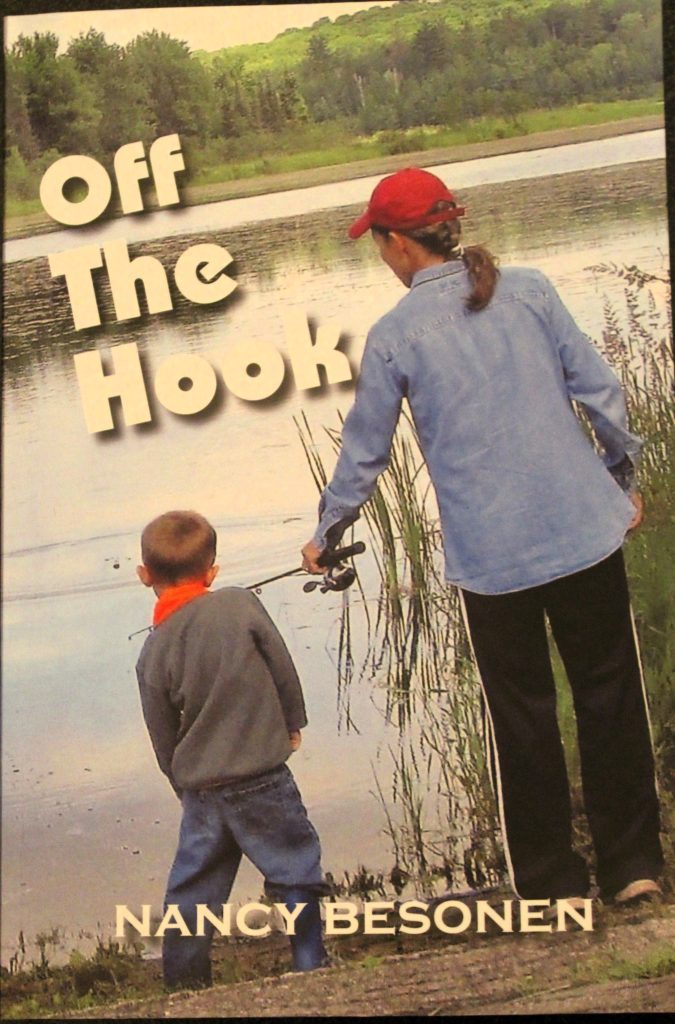
Chicago Lawn native’s book is ‘off the hook’
Spread the love. Longtime journalist shares humor columns . By Tim Hadac Nancy (Emerson) Besonen has made a career as a news reporter and humor columnist for a weekly paper in Michigan’s Upper Peninsula. But her roots are in Chicago Lawn, and it showed during a recent conversation. Like most true Southwest Siders, she didn’t…
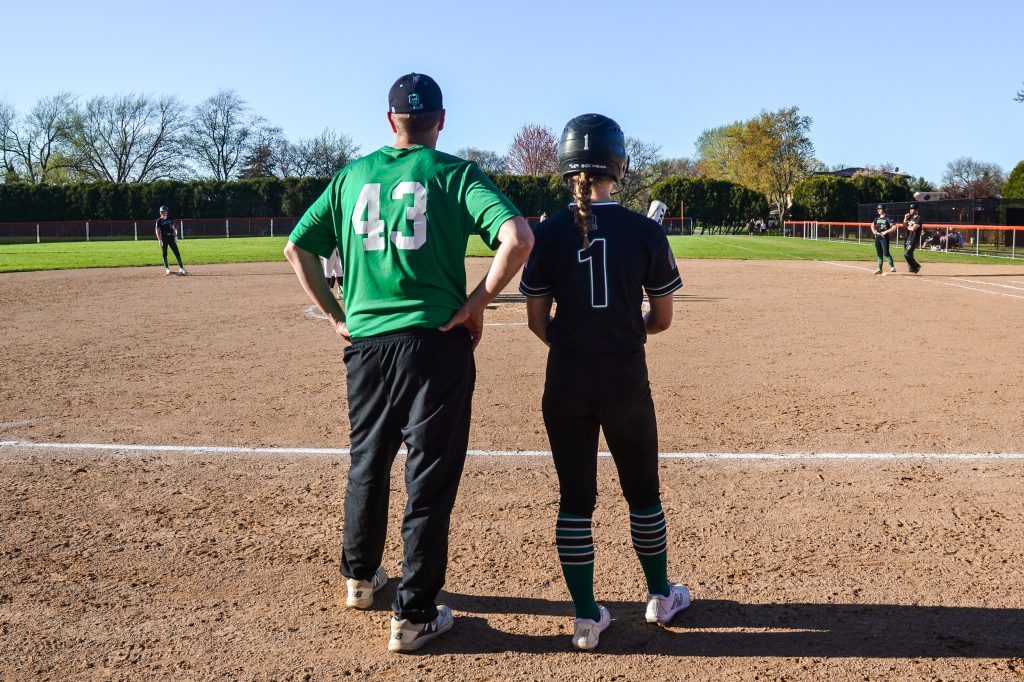
Softball | Oak Lawn’s Kasey Jackson fans 5 in loss to Shepard
Spread the loveBy Xavier Sanchez Correspondent Oak Lawn entered its South Suburban Conference matchup with Shepard having won six of its last seven games. The Astros — even hotter with seven straight victories after beginning the season with three consecutive losses — cooled off the Spartans (8-5, 4-2 SSC) for a day, winning 3-0 behind…
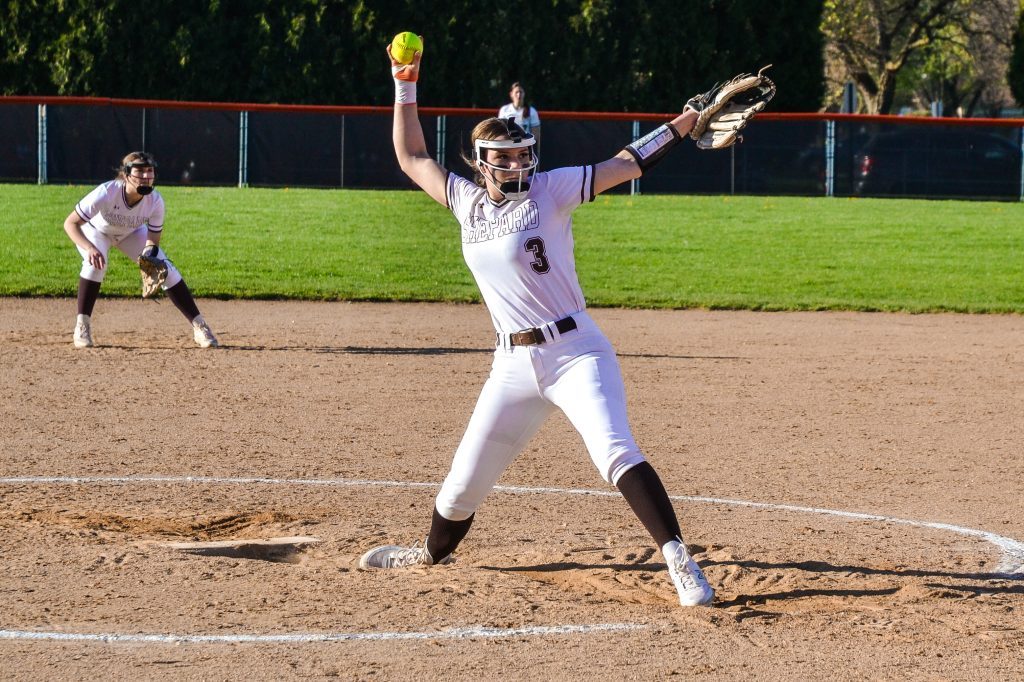
Softball | Shepard blanks Oak Lawn behind CG from Kailey Selvage, 2 RBI from Madison Scapardine
Spread the loveBy Xavier Sanchez Correspondent Temperatures are not the only thing starting to warm up in the Southwest Suburbs. Shepard, which began the season with three consecutive losses, defeated Oak Lawn, 3-0, on April 15 to run its winning streak to seven games. Astros junior pitcher Kailey Selvage tossed a complete-game shutout, striking out…
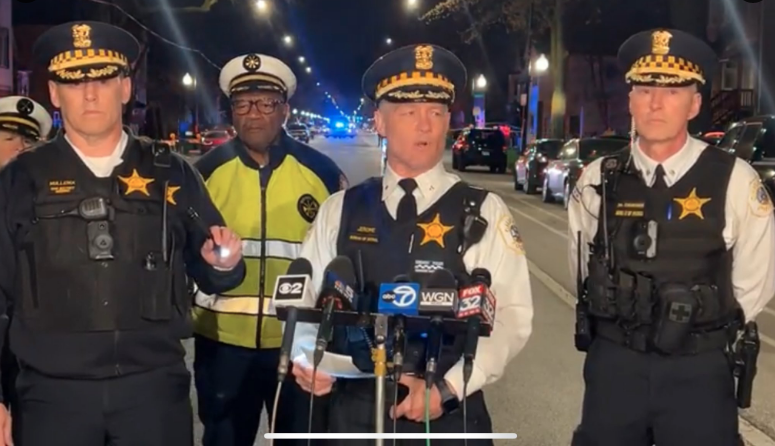
‘Horrific and unacceptable’
Spread the love. Police, neighbors decry shooting at family party . By Tim Hadac Drive-by shootings have become not at all unusual in recent years in Back of the Yards. Some might even call them common. What is still uncommon is for drive-by crimes to injure or even kill young children. But that is exactly…
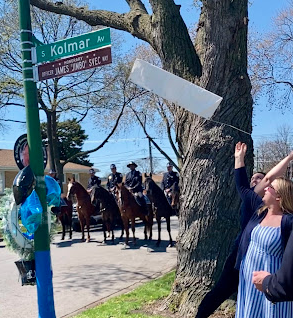
A blue salute in Scottsdale
Spread the love. Family, friends, co-workers and neighbors of the late CPD Officer James R. Svec Jr. –as well as elected and appointed officials– gathered at 77th and Kolmar last Saturday to unveil an honorary street sign saluting him for his sacrifice. Officer Svec died at age 59 in December 2021 from causes related to…

County vets offer reduced-price vax clinics
Spread the love. From staff reports The Cook County Department of Animal and Rabies Control is running its annual Partners in Prevention clinics now through mid-October. ARC is partnering with local animal organizations to offer reduced-cost or free one-year rabies vaccinations, as well as microchips. The partnerships are designed to link pet owners to organizations…

Twisted Shamrock hosts Masters-inspired fun
Spread the love. The drive from Chicago to Augusta, Ga. (home of the 2024 Masters professional golf tournament) is more than 800 miles, but those unwilling to make the trek recently had the option of simply heading over to Twisted Shamrock Pub, 6462 S. Central, for some Masters-inspired fun on Sunday, April 14. Both golfers…
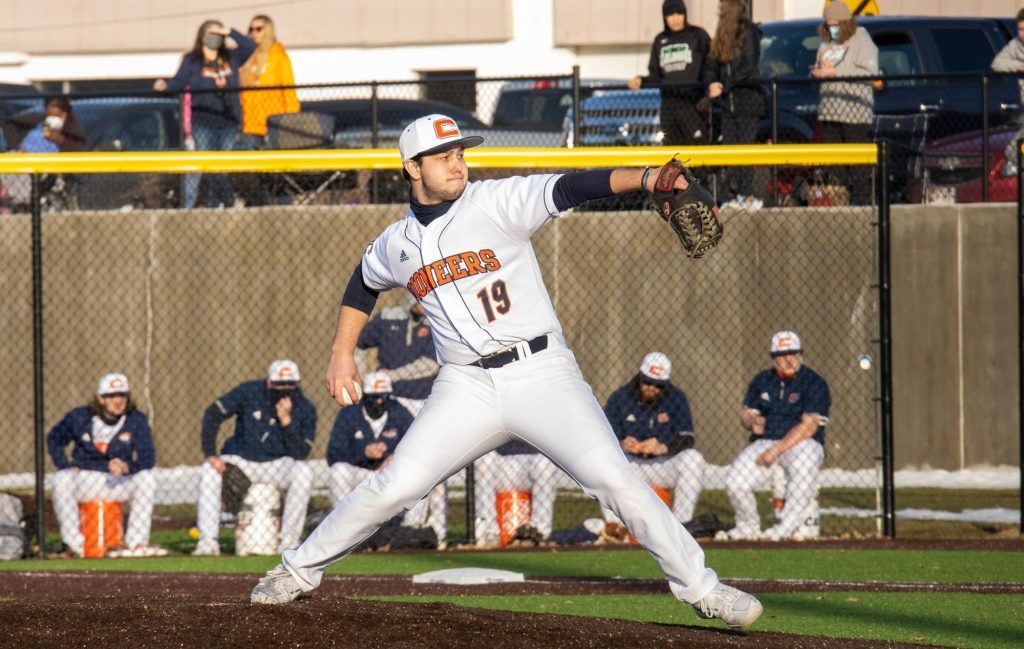
St. Laurence grad Brett Buzzelli hurling for Carroll
Spread the loveBy Mike Walsh Correspondent Carroll University senior right-hander Brett Buzzelli has been named the College Conference of Illinois and Wisconsin’s Pitcher of the Week for April 8. Buzzelli was the winning pitcher in an 8-3 victory over visiting Elmhurst University in Game 1 of a CCIW doubleheader. The St. Laurence graduate tossed seven…

Fire II wins, draws
Spread the loveBy Jef Vorva Correspondent The Chicago Fire FC II earned its first regulation victory of the 2024 MLS NEXT Pro season in a 2-0 clean sheet against Crown Legacy April 10 at SeatGeek Stadium. Defender Diego Konincks and captain David Poreba scored goals for the Fire. On April 14, the team had a…

Red Stars sans Swanson fall to Angel City
Spread the loveBy Jeff Vorva Correspondent Playing without scoring star Mallory Swanson, who was nursing a hip injury, the Chicago Red Stars lost for the first time this season, dropping a 1-0 decision April 13 to Angel City in front of an announced crowd of 3,168 at SeatGeek Stadium in Bridgeview. Angel City (1-2-1) started…
Neighbors
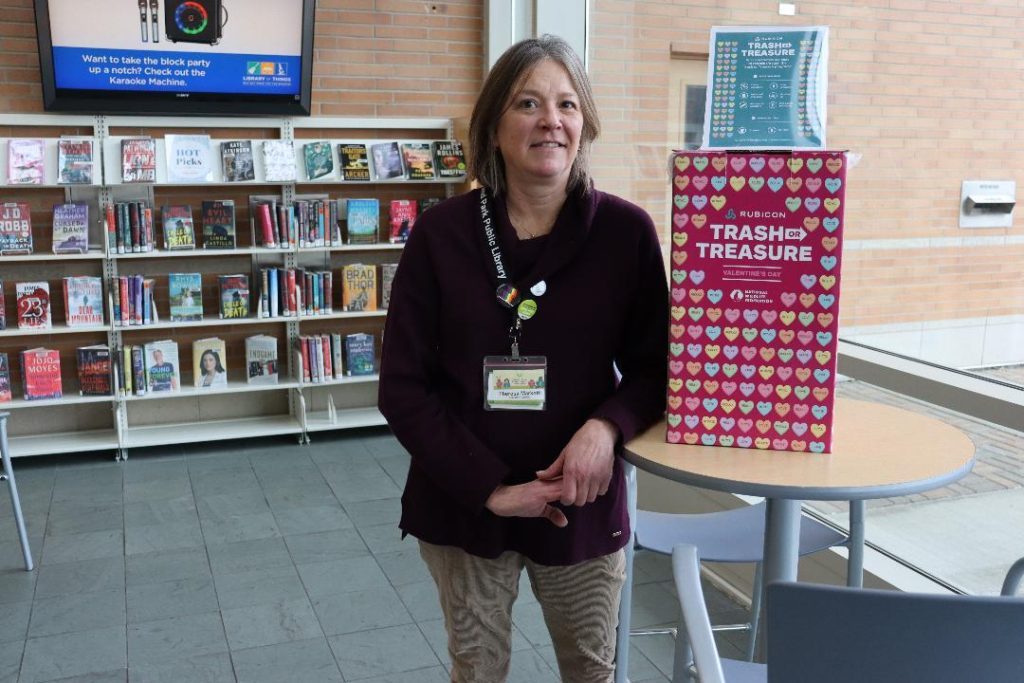
Orland Park Library collecting candy wrappers
Spread the loveBy Kelly White Candy has taken on a whole new life at one local library. The Orland Park Public Library, 14921 S. Ravinia Ave., Orland Park, is happy to announce the launch of its very first Trash or Treasure candy wrapper recycling campaign. The Trash or Treasure program helps reduce the waste that…
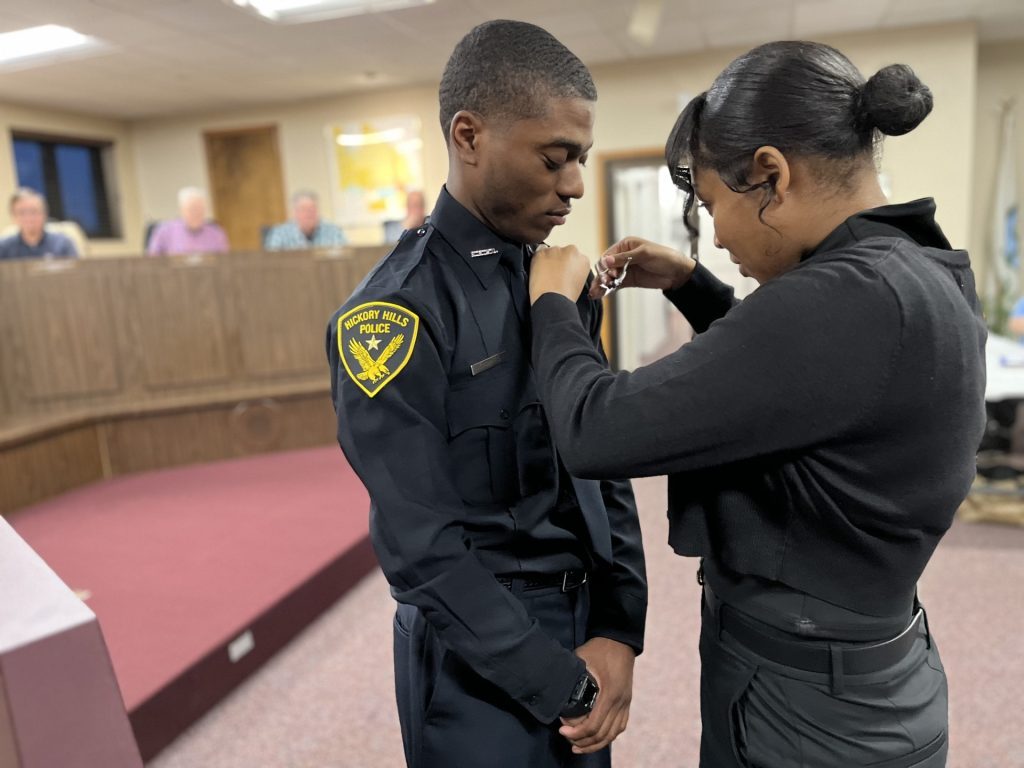
Hickory Hills adds new police officer
Spread the loveBy Nuha Abdessalam Hickory Hills Police Chief Jason Bray welcomed Andre Showers as the city’s newest police officer during last week’s city council meeting. Aldermen and the community at the April 11 meeting helped celebrate the induction of the Showers, 21. He’s an Army veteran and a 2023 Cook County Correctional Camp graduate…

Marist celebrates cultural diversity
Spread the loveBy Kelly White Marist High School appreciates the wide array of culture that walks its campus hallways on a daily basis. In order to celebrate, the high school, 4200 W. 115th St., Chicago, hosted its second annual Celebration of Culture on March 14. During the free event, students, faculty and staff represented their…

Palos Heights Knights of Columbus donate to GiGi’s Playhouse
Spread the loveGrand Knight John Laskey and Past Grand Knight Brian Mellenthin of St. Theodore Guerin Knights of Columbus Council 14057 presented a check for $1,500 to GiGi’s Playhouse of Tinley Park, one of several donations to local groups resulting from the Knights of Columbus’ Fall Tootsie Roll Drive. One of the most recognizable activities…

Worth police join task force to combat auto thefts
Spread the loveBy Joe Boyle An agreement has been reached between the villages of Worth and Thornton regarding participation in the Illinois Statewide Auto Theft Task Force. Worth Police Chief Tim Denton said the approval of the memorandum to participate in the task force is necessary. “It’s no secret that there has been an increase…
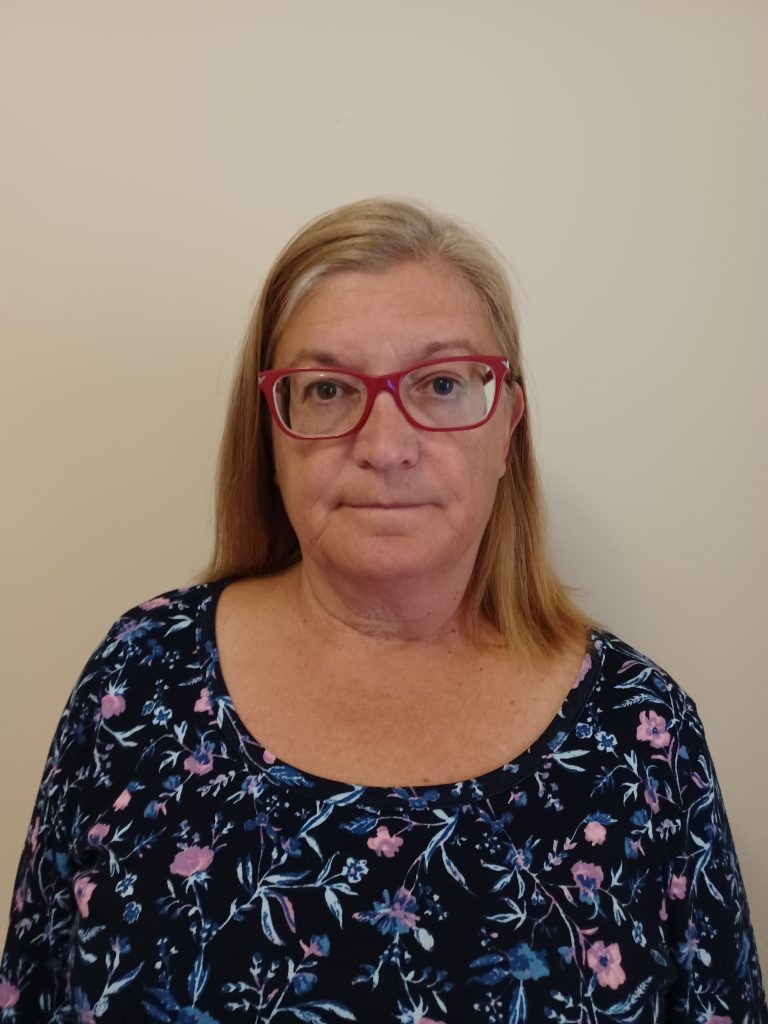
A simple idea for Earth Day
Spread the love. By Mary Stanek Your correspondent in Archer Heights and West Elsdon 3808 W. 57th Place • (773) 517-7796 . Moving right along through April, as the days get longer and nicer, time will start to go by faster. We have Earth Day on April 22 and the start of Passover at sunset.…
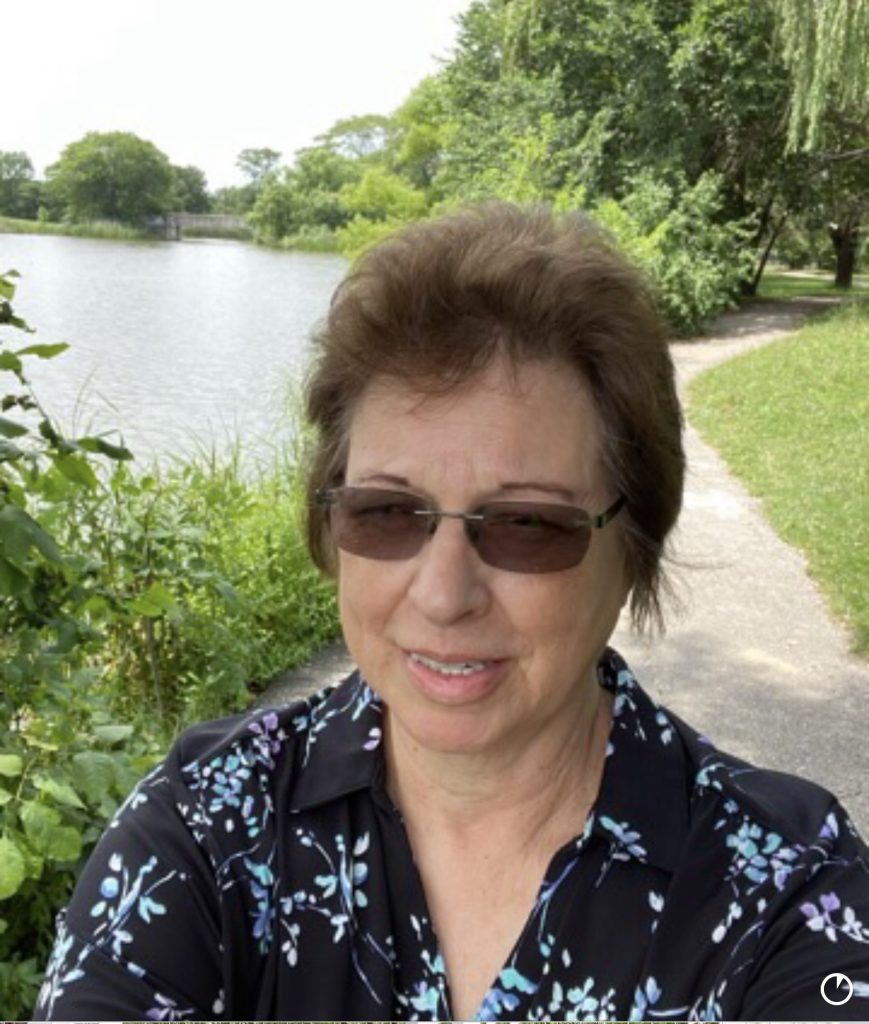
Bingo at St. Clare was something to yell about
Spread the love. Kathy Headley Your correspondent in Chicago Lawn and Marquette Manor 6610 S. Francisco • (773) 776-7778 . Recently I mentioned a bingo fundraiser the Augustinian Young Adults of St. Rita of Cascia Parish were holding. This was their first attempt at a bingo and they put on a really nice event. Held…

One thing is certain: life goes on
Spread the love. Peggy Zabicki Your correspondent in West Lawn 3633 W. 60th Place • (773) 504-9327 . I get a lot of calls from residents who are discouraged about our neighborhood. There are so many car accidents, shootings and violent crimes being committed in West Lawn and surrounding areas. It certainly is challenging to stay hopeful and positive. Here is a paragraph…

Biz groups battle over names, logos
Spread the love. UBAM, MCC trade barbs . By Dermot Connolly and Tim Hadac The leader of one Midway-area business association is accusing the other of bad faith, and the leader of the other is scratching her head over the dustup. United Business Association of Midway Executive Director Anita Cummings recently claimed that a rival…






